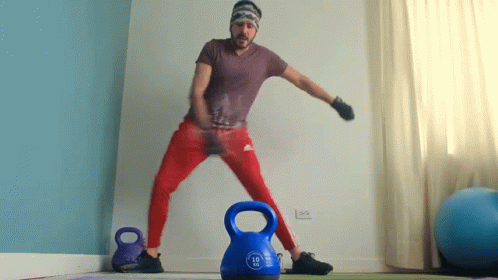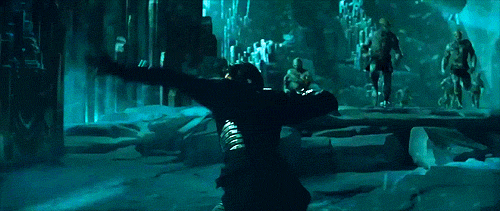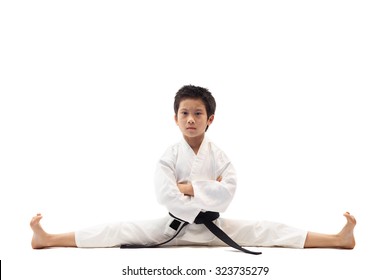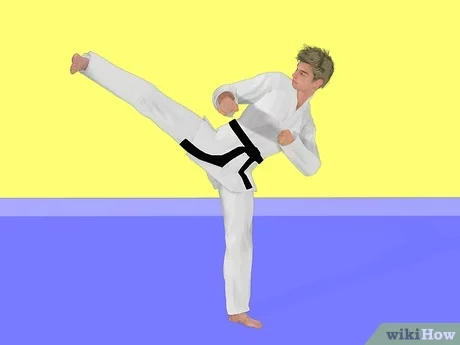Brychanus
* Ace Member *
Hey everyone, I thought this topic deserved a specialized post since it's so central to rocking the hips, posture, flexibility, and overall form. In me and a lot of other developing players, I notice that hip flexibility and strength are rate limiters. Many of us have had deskbound lives, and even if you're fairly active, you might have trouble getting into powerful positions and moving fluidly when learning & powering up form.
Based on how my own and a lot of other form reviews seem to go, I wanted to share a few exercises and drills that my physical therapist or SW22 recommend that are helping quickly. Of course, consult a Dr. if you have any injuries/significant issues.
Context The hips comprise several muscles that extend the legs and stabilize the knees. Here I'm focused on the gluteus maximus, medius, and minimus (see attached imgs). The Maximus is what you think of as the meat of your butt, and what takes the brunt of sitting/squating motions, and is the strongest of them. But the medius and minimus help with hip abduction, and need to stretch out and back with the hip rock. These muscles can get weak when you're doing principally sitting/standing/forward walking motions and not much else in life. In DG, these smaller muscles are really important since they load in the backswing, control the plant stride, and need to have sufficient strength and flexibility to clear the full range of motion. Here are some motions that can help.
Exercises:
https://youtu.be/mq1_dshFOWg?t=162
https://youtu.be/53tRgkZ-BEM?t=506
Monster walks & lateral strides (Awesome & I find these kind of fun to do)
https://www.youtube.com/watch?v=Nry0...=MedStarHealth
https://youtu.be/7C8mL0v976o?t=161
Standing hip abduction
https://www.mayoclinic.org/healthy-lifestyle/fitness/multimedia/standing-hip-abduction/vid-20084670
Transverse lunges
https://www.youtube.com/watch?v=k4WG-bxY1_4&ab_channel=TestosteroneNation
Disc golf drills
In DG, siderwinder22's Inside Swing drill is also great because it not only teaches you the ideal posture/range of motion for the BH, but it stretches out hips and other muscle groups important to DG (and life):
https://youtu.be/FWasFdvnGio?t=367
I like to do it in both directions to even out my mobility.
I'll link more when I get a chance, please add your favorites!
Based on how my own and a lot of other form reviews seem to go, I wanted to share a few exercises and drills that my physical therapist or SW22 recommend that are helping quickly. Of course, consult a Dr. if you have any injuries/significant issues.
Context The hips comprise several muscles that extend the legs and stabilize the knees. Here I'm focused on the gluteus maximus, medius, and minimus (see attached imgs). The Maximus is what you think of as the meat of your butt, and what takes the brunt of sitting/squating motions, and is the strongest of them. But the medius and minimus help with hip abduction, and need to stretch out and back with the hip rock. These muscles can get weak when you're doing principally sitting/standing/forward walking motions and not much else in life. In DG, these smaller muscles are really important since they load in the backswing, control the plant stride, and need to have sufficient strength and flexibility to clear the full range of motion. Here are some motions that can help.
Exercises:
https://youtu.be/mq1_dshFOWg?t=162
https://youtu.be/53tRgkZ-BEM?t=506
Monster walks & lateral strides (Awesome & I find these kind of fun to do)
https://www.youtube.com/watch?v=Nry0...=MedStarHealth
https://youtu.be/7C8mL0v976o?t=161
Standing hip abduction
https://www.mayoclinic.org/healthy-lifestyle/fitness/multimedia/standing-hip-abduction/vid-20084670
Transverse lunges
https://www.youtube.com/watch?v=k4WG-bxY1_4&ab_channel=TestosteroneNation
Disc golf drills
In DG, siderwinder22's Inside Swing drill is also great because it not only teaches you the ideal posture/range of motion for the BH, but it stretches out hips and other muscle groups important to DG (and life):
https://youtu.be/FWasFdvnGio?t=367
I like to do it in both directions to even out my mobility.
I'll link more when I get a chance, please add your favorites!












